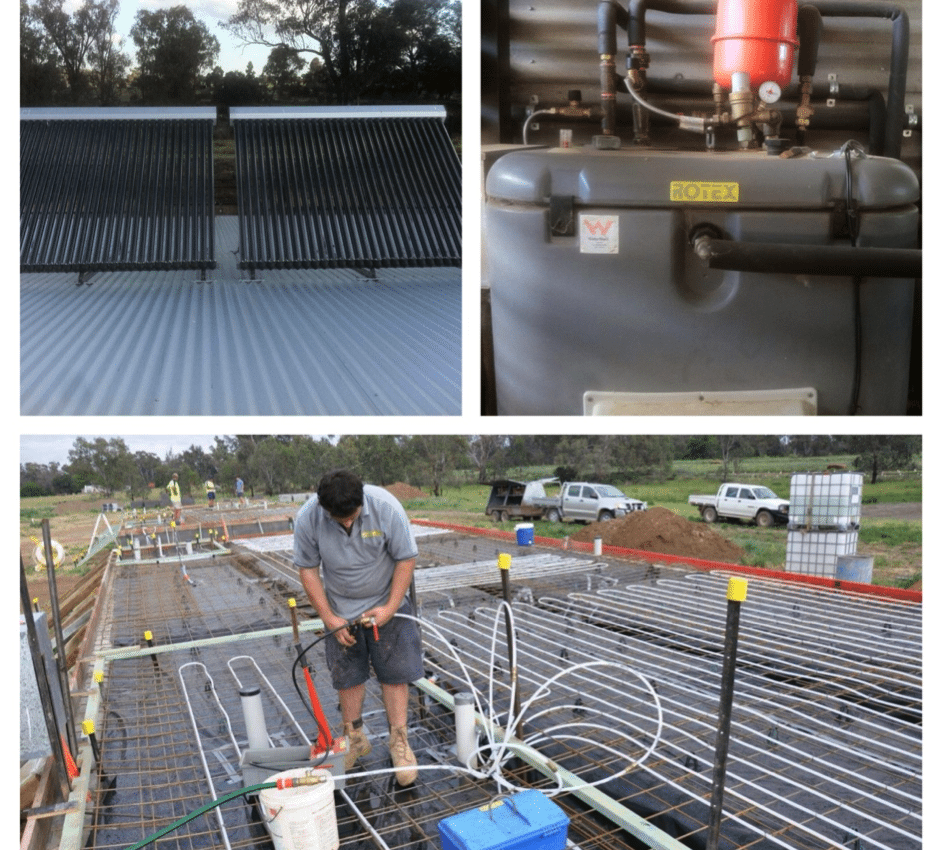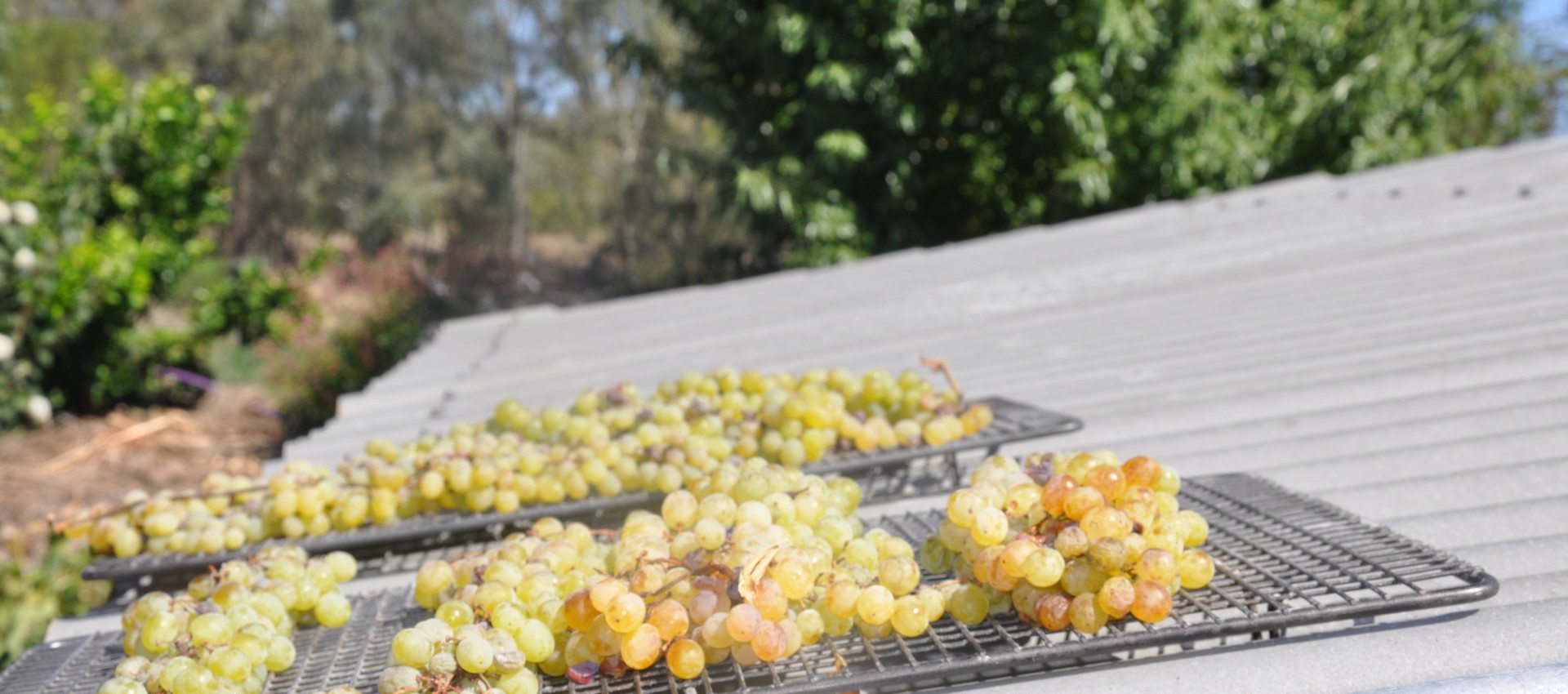Self- sufficiency. It’s an interesting concept and people often ask us if we’re self – sufficient. As far as power, water and food go the answer is “mostly”.
But hey we drive a car and a ute. We buy clothes – check out the beautiful gear from local business Woolerina .We buy other stuff, like “coffee to die for” from our very own local roastery SaGaWa. and gorgeous ceramics from local potter SCID studio. And flour. In fact we buy lots of flour, enough to make a couple of hundred loaves of sourdough every month. That grain would take a lot of time to grow and mill on Girragirra and realistically that would mean no beautiful, properly made sourdough for our community. We’d just be looking after ourselves. Instead we choose to buy organically grown and milled flour, thereby supporting others doing good things.
So, there’s a bit of convoluted thinking behind that answer “mostly” and it boils down to this. We’re part of a network of small businesses growing and making and doing in a way that regenerates both the environment and our small rural communities, maybe doing a bit of good in the wider society along the way. We want and need to support those people and businesses by working alongside them, buying some of their product. Otherwise they cease to exist and our vibrant little community loses just a tiny bit more of its heart and soul. We’re seeing way too much of that in the bush.
True 100% self-sufficiency would be a huge commitment and in our view quite isolating but put it in the context of community and it starts to make very good sense.
Energy:
With a whopping 10KW tracking solar array sitting out there in the paddock, quietly doing its energy creating thing, it’s pretty obvious that we’re fans of renewable energy.
These panels create around 24,000 KW of clean green energy a year – enough to run 3 or 4 Girragirras. We feed that power into the grid and buy back what we need, though with the current buzz around battery storage we may be able to store rather than buy, while still sharing our excess via the grid. Watch this space!
Setting the solar panels up to track the path of the sun across the sky delivers around a 30% increase in total power generated and it’s interesting to watch the incremental moves of these giant 3m by 4.5m arrays if you happen to be nearby, doing a bit of fencing or chook wrangling or day dreaming.
Then there’s the solar hydronic hot water and underfloor heating system:
Those solar evacuated tubes on the roof ( top left) drive the system, keeping water in the super insulated 500L bucket of water on the ground (top right) toasty hot. That big bucket of hot water has two manifolds or pipe systems which run water though it, heating the water. One manifold heats water for household use. The other heats water circulated around a network of pipes embedded in the floor on the odd really cold night when the passive systems built in to the house design don’t quite cut it.
There’s a gas boost for those bleak cloudy weeks when the sun doesn’t get a look in – rare in this neck of the woods. But here’s an interesting thing. We’re on bottled gas, which has increased significantly in price since we built just a few years ago. The other thing that’s happened is battery storage for solar power. It’s just gone next level efficient, so in the not too distant future, 100% solar with a battery boost is looking the goods for all things power related at Girragirra.
Then there’s this:
It’s an electric car charger. The good folks at Tesla and Airbnb got together to help us make it happen. Anyone plugged in yet? Nope, but we’ve built it – they will come!
The other significant source of energy here at Girragirra is Aunty Dot, our wood fired oven. Here she is looking a bit bruised and battered after a recent reno.
Dot fires up for the weekly sourdough bake and after the bread is done and dusted we chase the heat with all sorts of tasty things as she cools, – slow roasts, tomatoes, nuts. Once the heat really wanes, she’s good for yoghurt making and other ferments that enjoy a temp somewhere between 30 and 40C.
Well what about all that wood burning I hear you say? With a biodiversity planting of around 4,500 trees and shrubs on this 50 acre farm, we think we’ve got that covered in a sustainable way for the foreseeable future. Although Scruff does do a bit of swearing when the chainsaw decides not to start, that’s probably not a good thing.
We’re pretty keen on using passive energy sources too, like our solar dehydrator. It certainly gets a work out over Summer, drying garden abundance down so we can squirrel it away for later in the year. Even the tin shed roof gets a run on those hot Summer days:
Water:
Given a modest annual average rainfall of just 520mm, we catch around 200,000 litres of pure rainwater. That’s only possible because of the “big lid” our architect designed for Girragirra (check out on the video clip under “Accommodation”). It’s proven to be more than enough water to supply both our and the guest pavilions and I have to say it’s a bit of special treat having a bath in pure fresh rainwater.
Of course we need to ensure that the water is OK to drink too and that’s why the tanks are stainless steel. You see a lot of plastic tanks and gal tanks with plastic liners around but the question is, do compounds from the plastic leach into the water? The plastic certainly breaks down over time, so the answer has to be maybe – potentially not a great thing for our health.
Those scary bushfires, a familiar threat here in Australia are not good for plastic tank health either – they melt, whereas stainless steel will survive. The other really good thing about stainless steel tanks is that they have a long life span and can be endlessly recycled, however they do cost more up front. Concrete tanks were another option we considered too. For more info on the pros, cons and options for water tanks there’s a great blogpost from our friends at Milkwood here
You’ll also see a bit of “tank bling” when you visit Girragirra – rain heads and first flush diverters. The rain heads screen out the larger stuff that washes off the roof while the first flush gizmos divert the first 100 litres of rainwater and everything that is dissolved or floating along in it to the garden. The end result is a clean roof and pure, healthy rainwater flowing into the tanks. We do send a sample off to the lab every so often too, just to be sure.
Every drop of water used in the Girragirra houses, grey and black, is recycled back to the food forest through what basically amounts to a giant worm farm. Click here if you’ve got a strong stomach and really want to see the beasties at work on poo cam.







